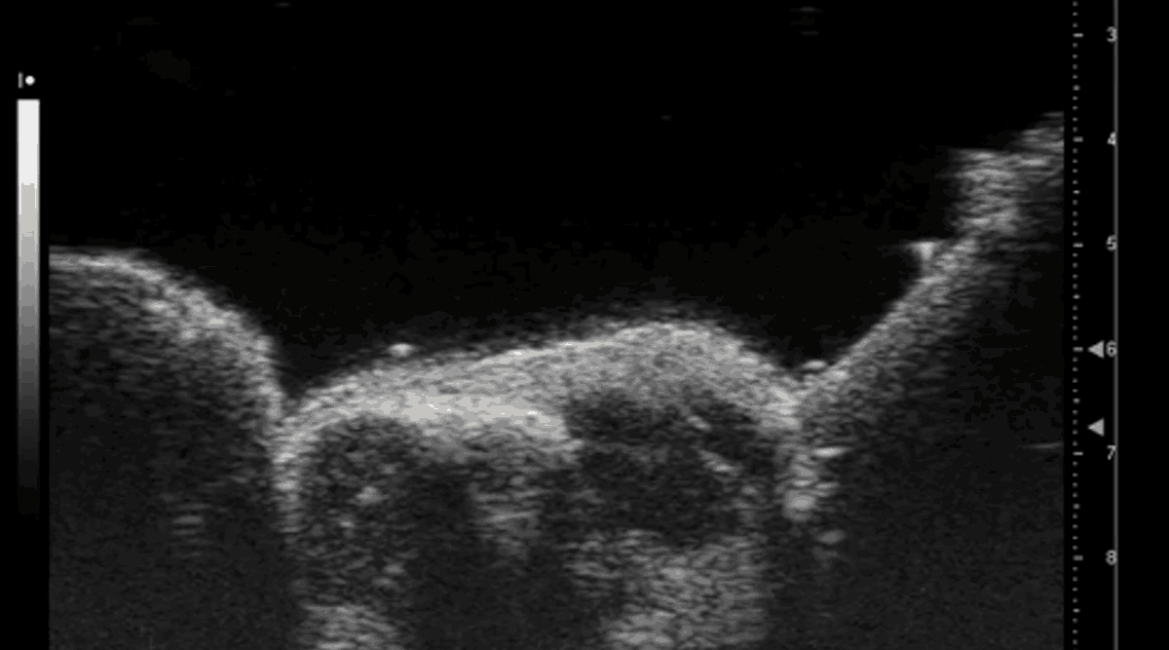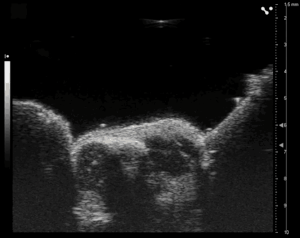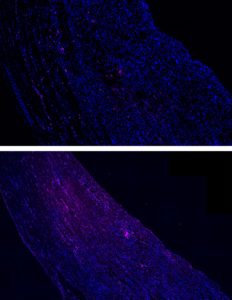The science of what ACTUALLY happens during massage

“So what is actually happening when you massage my leg like that?”
This is a typical question that all of our therapists get on a near daily basis. It tells us two things:
- We better stay on our science game so we can answer the question truthfully
- We have an amazing, intellectual and inquisitive client base
The science behind any form of manual therapy is quickly evolving. If you asked us the above question when we opened our clinic in 2009 (yes we are getting old), we may have responded with the ability of massage/manual therapy to ‘flush out inflammation’ and ‘change the environment around an injury to better enable healing”.
Not a bad explanation, but it leaves some ambiguity to us science nerds.
Thankfully, a group of research scientists and bioengineers at Harvard have been tackling the “what does massage actually do” question head on in recent years, and just published the single most important paper to date in a great journal called Translational Science. They even used a REALLY reader friendly title “skeletal muscle regeneration with robotic actuation-mediated clearance of neutrophils’ . (If you can’t tell that last sentence was sarcastic).
The study was multi part and answered many questions.
The researchers incited an injury in the legs of mice. They created a robotic system to then deliver a consistent and tunable compressive force to the injury site twice daily for just 5 minutes over 2 weeks. This allowed them to change variables like the amount of force the robot used. The effect was to recreate ‘mechanical force’ which is science speak for pressing on a muscle, the same way that a massage therapist, chiropractor, or physiotherapist does during your treatments.
Interestingly they also created what must be the world’s smallest ultrasound unit that showed a shockingly precise image of what was happening in the mouse’s tiny little muscles during the compression from the robot. SCIENCE!

Seriously, look at that image. I swear it’s clearer than any of my 3 kids ultrasounds who were all over 8lbs in weight. And remember that is of a single muscle in the leg of a tiny mouse!
This mechanical force was repeated twice daily starting one day after injury and continuing until day 14. They also left a control group of mice injured, but then left them untreated as a comparison.
Here is a summary of what they found with explanations:
- Muscles experience anywhere from 10-40% mechanical strain with mechanical loading (massage).
This one was a bit surprising. It means there is a lot of variability likely between therapists. The good news is that when they looked at the resulting cell changes in the mice, it didn’t really seem to matter much how much force was used. In fact, they used 3 different ‘force levels’ measured in Newtons. They just used the middle one because all 3 ended up with similar results.
- Both the treated and the untreated injured legs had a significant reduction in damaged muscle fibers but the reduction was MUCH more pronounced and the resultant cross sectional area of the fibers was larger in the treated muscle.
This simply means the leg that had the massage had less damage, and the muscle was stronger after recovery!
- Looking at the different groups after 14 days of treatment, they found that the treated group had more type IIX fibers which can be thought of as healthy muscle BUT the untreated group had small amounts of it, and had more type IIA fibers which can be thought of as unhealthy muscle fibers.
This explains why after the 14 days, the mouse’s that underwent treatment had stronger legs then the ones that did not as the better fibers can produce more force.
- A subset of cytokines (inflammation markers) was dramatically lower in the treated muscles after 3 days of treatment. These cytokines attract another cell called neutrophils which play a big role in inflammation.
This means the muscle that underwent massage ended up with fewer neutrophils. The researchers think the massage essentially ‘squeezed’ the cytokines and neutrophils out of the injured tissue (which is good as it means less inflammation). To confirm this, they injected fluorescent molecules into the muscle and were able to actually see the movement of the molecules. They literally watched the force of the robot flush the bad cells out of the muscle! Here is cool picture of the fluorescent cells (isn’t science beautiful?)

- To squash any potential questions and make their study findings more robust, the researchers then literally grew muscle cells in a lab in a medium with neutrophils (remember those are the inflammatory cells). What they found was that the number of cells did increase as expected, but the rate that they differentiated into specialized muscle cell types decreased.
This is a complex one. Essentially what they proved was that in the presence of inflammatory cells (neutrophils), the ability for cells to form new muscle fibers is weakened. It is proof that with massage, by decreasing neutrophils (inflammatory cells), you increase the repair ability of your muscle once it’s injured!
So what have we learned?
It turns out our crude explanations from 2009 were at least somewhat accurate. The above study shows that mechanical force via massage does indeed help ‘flush out’ inflammatory cells and this does lead to faster healing and better tissue growth. They proved this by lowering the presence of neutrophils in the injured tissue starting on day 3, and this had optimal muscle regeneration.
They note that inflammation is very important…..but only at the beginning of the injury. After that, the quicker you get the inflammation out of there, the better the healing response and outcome.
Here are 2 quick quotes that capture these monumental findings from the researchers:
“These findings are remarkable because they indicate that we can influence the function of the body’s immune system in a drug-free, non-invasive way”.
And
“This provides great motivation for the development of external, mechanical interventions to help accelerate and improve mm and tissue healing that have the potential to be rapidly translated to the clinic.”
The single most important finding from the study? Never feel guilty about going for a massage or receiving therapy……it turns out you are just improving your recovery and ability to come back stronger.
